Soil Drainage, Tillage, And Crop Residue Management Impacts On Corn N Use Efficiency And Soil Health
Study author(s): Fabian Fernandez and Seth Naeve, University of Minnesota
Years of study: 2022
Location(s): Wells, MN
Important: for the complete report, including all tables and figures, please download using the links to the right.
summary
During the 2023 growing season precipitation amounts were on average 6.9 inches below the normal (Table 1). Most of the growing season (April to September) was drier than normal except May which was similar to normal precipitation.
Corn grain yield was affected by nitrogen rate in the 2023 growing season (Table 2). Average yields were low (less than 180 bu/ac) indicating that water was a limiting factor. Drainage, tillage and residue management had no effect on corn response. This again likely illustrates that water was a greater limiting factor than these variables. However, some of the trends we observed are similar to what we have seen in other growing seasons. The average yield average across variables was 179 bu/ac for drained and 174 bu/ac for undrained conditions. There was a trend of increasing yield with greater tillage intensity from no-till to conventional. Similarly, there was a trend for increasing yield with increasing crop residue present from residue removal to cover crop without residue removal, though residue removal is a direct treatment effect for the soybean crop and indirect for corn (soybean residue is not removed). It is possible that over time, the presence of more residue is improving the physical characteristics of the soil, which might have helped retain water more effectively for the crop during a droughty year. Evaluation of soil physical properties is an objective that will be evaluated from samples taken at the end of the project.
